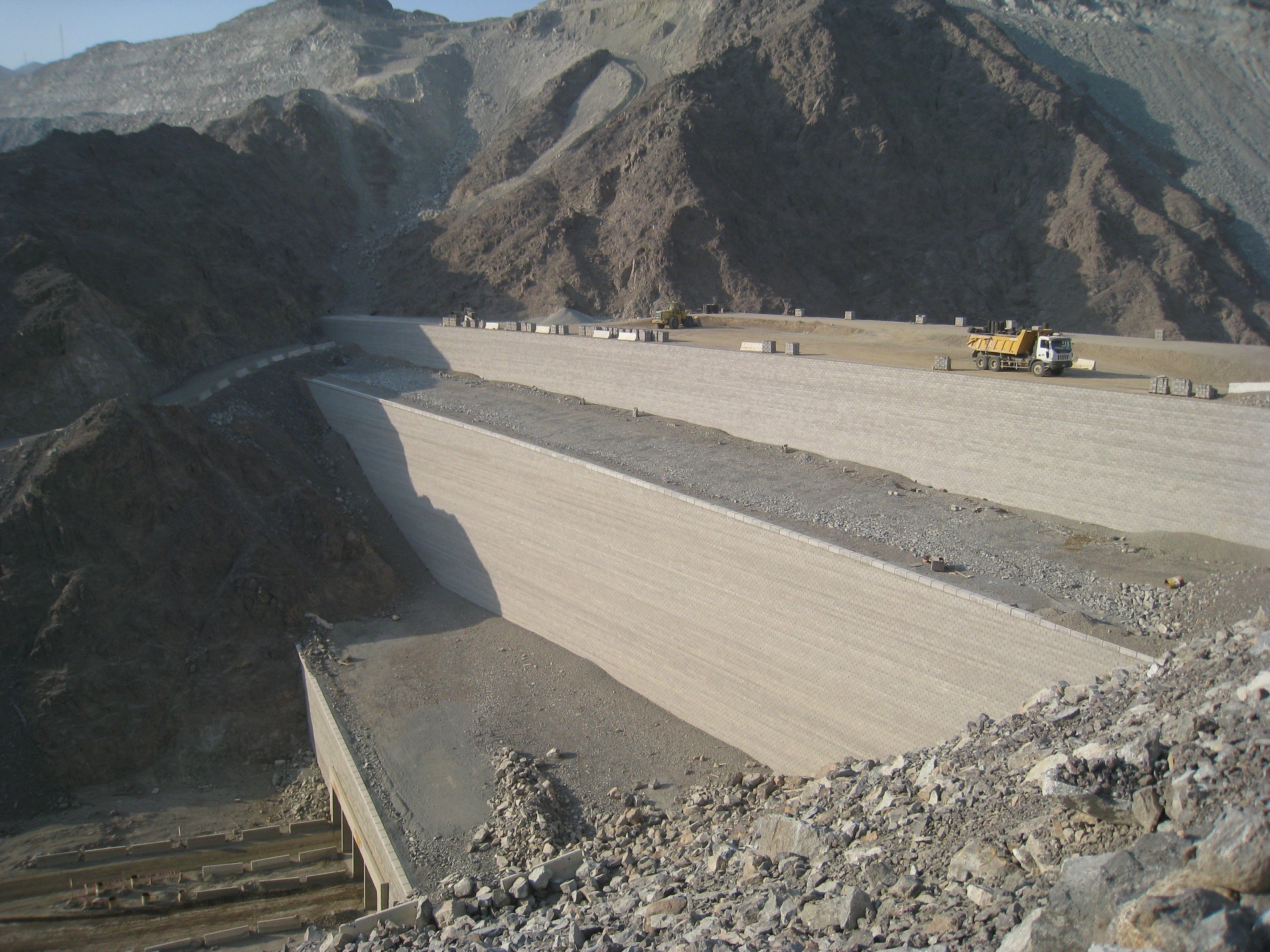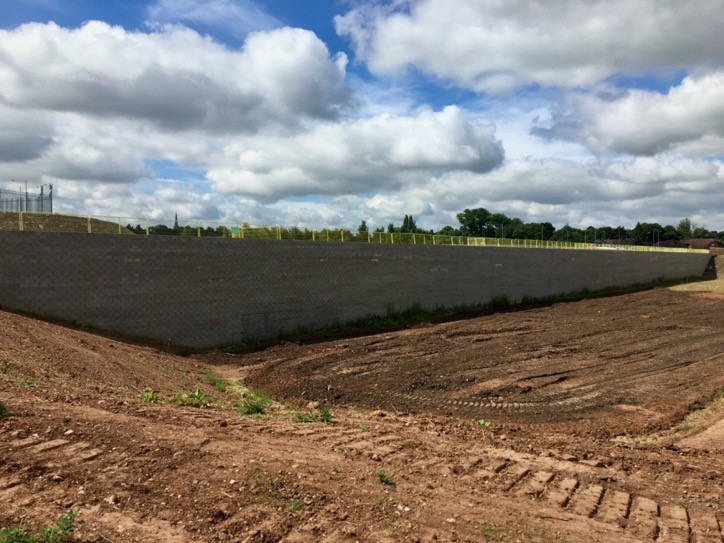TGC episode 1 Ask Andrew: Andrew Lees explains how retaining walls work.
Lateral earth pressure is dependent on the vertical stress imposed by the material behind the wall, which is a function of the height of backfill and its density. It follows then, that the greatest lateral earth pressure is exerted at the base of the wall, because the deeper the backfill, the higher the vertical stress.
There are three types of lateral earth pressure:
- Earth pressure at rest: When the wall is ‘at rest’ and the backfill has not experienced significant post-construction movements
- Active earth pressure: If the wall moves away from the backfill, the lateral earth pressure falls until it reaches a minimum. This is the active earth pressure – beyond that point, failure will occur
- Passive earth pressure: If the wall moves into the backfill, pressure increases until it reaches a maximum value, equal to the maximum resistance of the soil – this is the passive earth pressure. In embedded walls, typically used for basements, passive earth pressure is an important factor in stability (but more of that later).
Designing a retaining wall
Retaining walls are designed to withstand the active earth pressure, with a factor of safety, and the start point is to analyse how the wall might fail. The main types of failure are:
- Toppling, or overturning, caused by lateral earth pressure increasing to a point where it is a higher than the wall can resist
- Bearing capacity failure of the ground beneath the wall
- Sliding, when there is insufficient friction (or sliding resistance) at the base of the wall
- Internal failure, where lateral earth pressure increases to the point where structural elements (blocks, panels, brickwork etc) of the wall fail.
A retaining wall can have design life of 100 years, so it is important to consider any future plans (as far as possible) for the site: Is something going to be built on ground above the wall? Will construction materials be stored temporarily there? If so, the design needs to account for a higher vertical stress, and therefore higher lateral earth pressures, to ensure the wall remains stable.
The importance of groundwater
Groundwater is a key consideration, as it is one of the main causes of retaining wall failure. If groundwater levels rise behind the wall, pressure can increase beyond what the wall was designed to retain, so it is important to include drainage (and ensure this is properly maintained) to allow the free flow of water and prevent pressure build-up. It is worth checking out my blog on the importance of drainage, where I look at this in more detail.
Types of retaining wall
There is a wide range of retaining wall types to suit any situation, from gravity walls to cantilever walls, mechanically stabilised earth (or reinforced soil) walls, sheet pile walls and crib walls, as well as bored pile walls and diaphragm walls used to form basements and other underground spaces. I will explore these in more detail next time.

Retaining walls come in all shapes and sizes to suit different ground conditions and can be significant structures, like this 60m high, three-tiered reinforced soil wall designed by Tensar, on the Sheikh Khalifa Highway, in UAE.
Uses of retaining walls
Retaining walls are used in geotechnical engineering primarily to reinforce soil, increase its bearing capacity and increase the soil’s resistance to differential settlement. They’re designed to create level areas on sloping sites, provide additional support to natural slopes and to build terraces for infrastructure. Ultimately, retaining walls are used to maximise space on site.
Tensar's wall and slope systems
TensarTech reinforced soil wall and slope systems include precast concrete, dry-laid modular block systems (with the option of adding architectural, masonry or brick finishes); precast concrete panels; gabion and crib walls; and robust units suitable for aggressive marine environments. Our reinforced soil slope solutions can create vegetated slopes with angles of up to 70˚.
Want to learn more about Retaining Walls?
Learn more on our Introduction to Retaining walls page here.




-(1).png?width=400&height=400&ext=.png)
